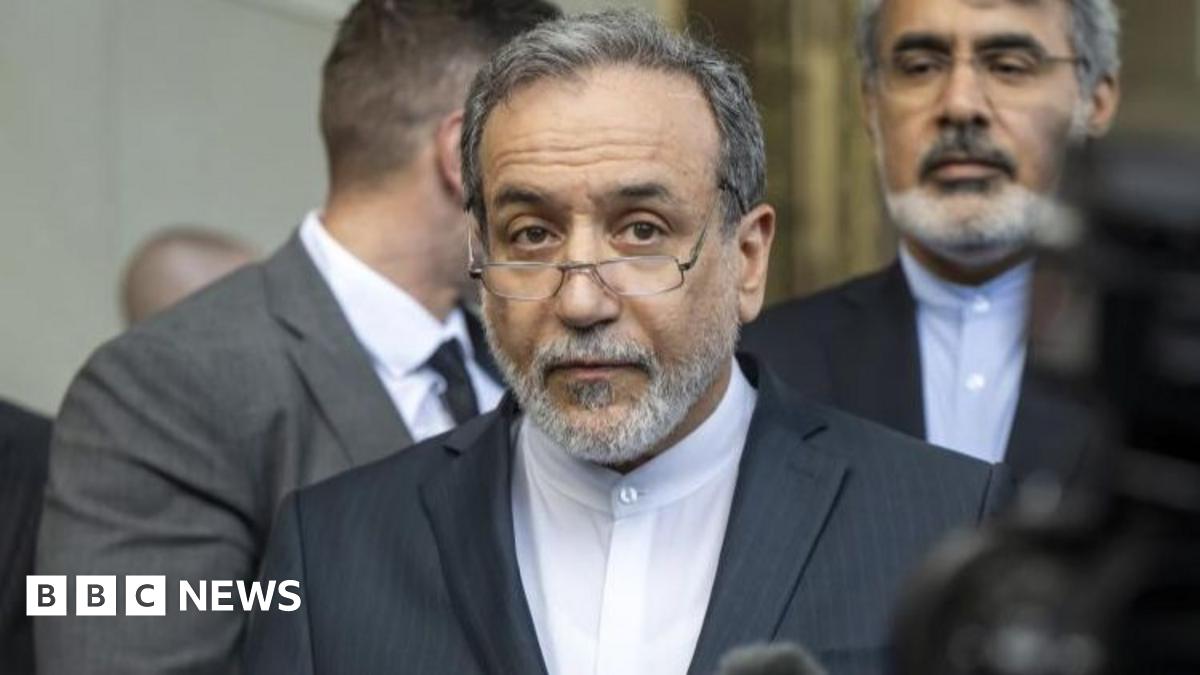Iran's Shadow Proxies: The Dangerous Groups Poised to Exploit a Ceasefire Collapse
2025-06-24

Daily Mail
As the fragile ceasefire in the Middle East hangs in the balance, a concerning reality emerges: Iran's network of proxy groups stands ready to escalate tensions and potentially target American interests. This article delves into the shadowy world of these organizations, exploring their capabilities, their connections to Tehran, and the alarming potential for increased instability. We'll uncover the key players, from well-known entities to a lesser-known but powerful group believed to orchestrate much of the activity.
The Fragile Peace and the Rising Threat
The current ceasefire, while offering a brief respite, is built on shaky ground. The underlying issues driving the conflict remain unresolved, and the possibility of a renewed escalation looms large. In this volatile environment, Iran, facing increasing pressure from the United States and its allies, is likely to leverage its network of proxy groups to exert influence and retaliate against perceived threats. These groups, often operating in the shadows, provide Iran with a degree of deniability while allowing it to project power across the region.
Key Proxy Groups to Watch
Several groups are of particular concern. Hezbollah, based in Lebanon, remains heavily armed and poses a significant threat to Israel and potentially U.S. interests. Hamas, controlling the Gaza Strip, has demonstrated a willingness to engage in direct conflict and could be emboldened by a ceasefire breakdown. Kata'ib Hezbollah (KH), an Iraqi Shia militia, has a history of attacks against U.S. forces and facilities, and its ties to Iran are well-documented. Additionally, the Houthis in Yemen, who control a significant portion of the country, continue to launch missile and drone attacks, disrupting shipping lanes and threatening regional security.
The Secret Controller: A Hidden Hand
However, a less-publicized but increasingly influential group is believed to play a critical role in coordinating and directing these various proxy organizations. Sources suggest this group, operating largely out of Lebanon and Syria, acts as a central command hub, funneling resources, providing training, and synchronizing operations across multiple fronts. While its exact identity remains shrouded in secrecy, intelligence analysts believe it is directly controlled by elements within Iran's Islamic Revolutionary Guard Corps (IRGC). This centralized control significantly amplifies the threat, allowing Iran to react swiftly and decisively to events in the region.
Potential Targets and Escalation Scenarios
A collapse of the ceasefire could trigger a cascade of events, leading to attacks against U.S. military personnel and assets in Iraq, Syria, and potentially other countries. Shipping lanes in the Persian Gulf could be targeted, disrupting global trade. Israel could face renewed rocket fire and ground incursions. Beyond direct military targets, there's a growing concern about attacks on U.S. diplomatic facilities and even civilian infrastructure. The sophistication of these attacks, coupled with Iran's ability to coordinate them across multiple locations, poses a formidable challenge to U.S. security.
The Path Forward: Containment and Deterrence
Addressing this threat requires a multifaceted approach. Strengthening intelligence gathering and analysis to identify and disrupt Iran's proxy networks is paramount. Robust deterrence measures, including clear and credible threats of retaliation, are essential to discourage Iranian aggression. Diplomatic efforts to de-escalate tensions and address the underlying causes of the conflict should continue, but must be coupled with a firm commitment to protecting U.S. interests and regional stability. Finally, working with regional partners to bolster their own security capabilities is crucial to creating a more resilient and secure Middle East. The coming weeks will be critical in determining whether the fragile peace can hold, or whether the region will descend into a new era of conflict fueled by Iran's shadow proxies.





